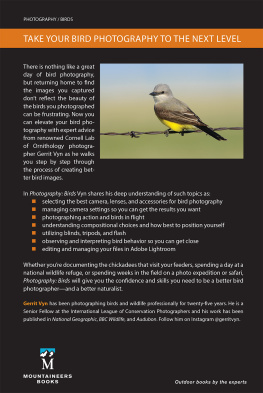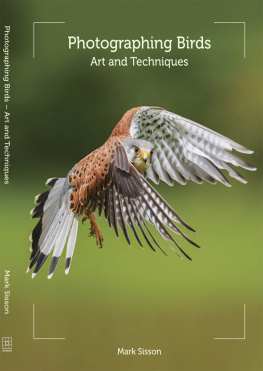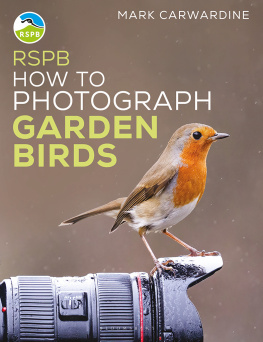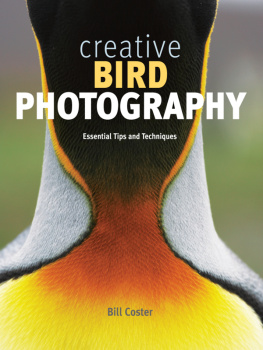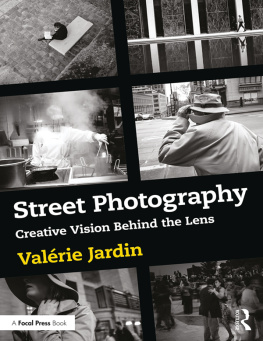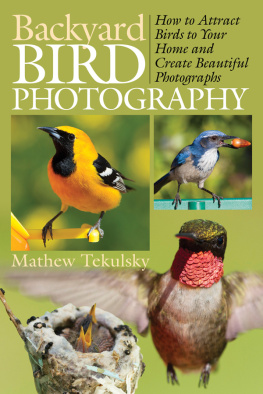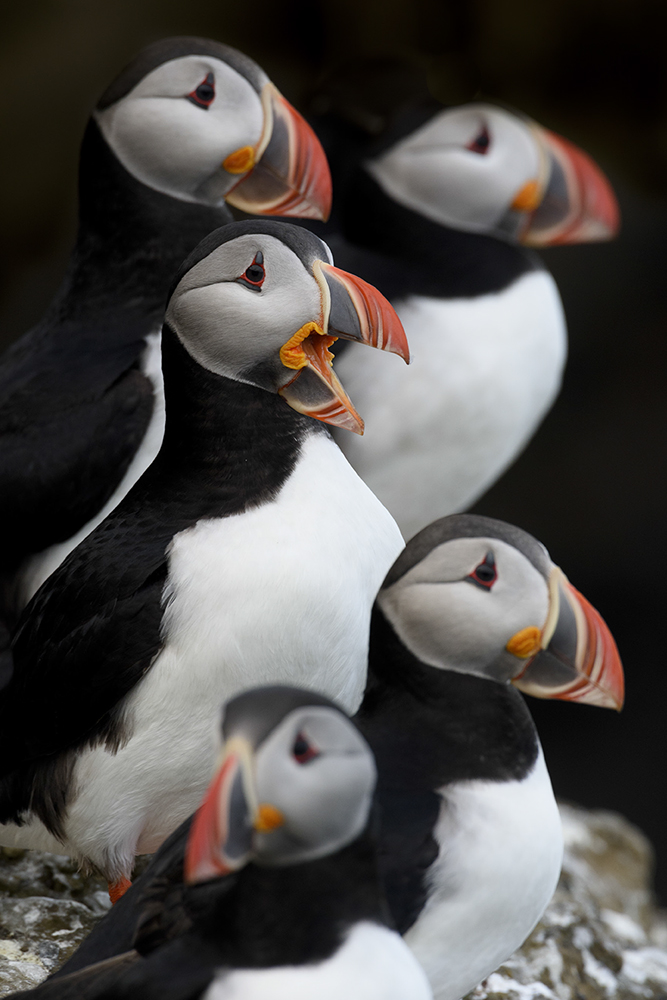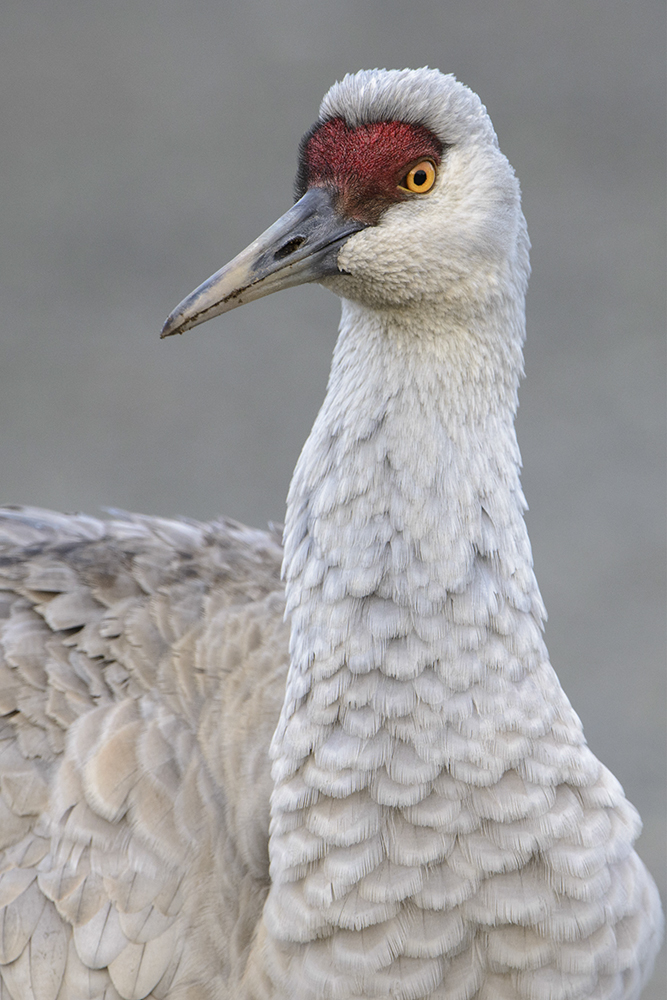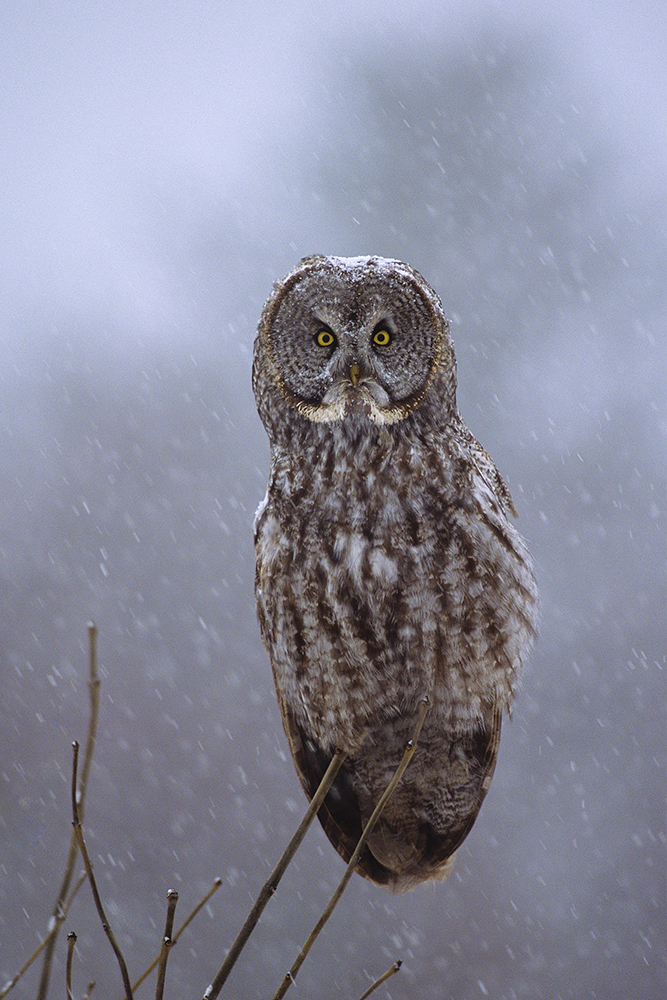Photography
BIRDS
Photography
BIRDS
Field Techniques and the Art of the Image
GERRIT VYN
IN PARTNERSHIP WITH THE CORNELL LAB OF ORNITHOLOGY
MOUNTAINEERS BOOKS is dedicated to the exploration, preservation, and enjoyment of outdoor and wilderness areas.
1001 SW Klickitat Way, Suite 201, Seattle, WA 98134
800-553-4453, www.mountaineersbooks.org
Copyright 2020 by Gerrit Vyn
All rights reserved. No part of this book may be reproduced or utilized in any form, or by any electronic, mechanical, or other means, without the prior written permission of the publisher.
Mountaineers Books and its colophon are registered trademarks of The Mountaineers organization.
Printed in China
Distributed in the United Kingdom by Cordee, www.cordee.co.uk
First edition, 2020
Copyeditor: Anne Moreau
Design and layout: McKenzie Long
All photographs by the author unless credited otherwise
Front cover photograph: Juvenile Sharp-tailed Sandpiper in Rudong, China. 800mm, 1/400 second at f/5.6, ISO 800
Back cover photograph: Western Kingbird, Alberta. 600mmwith 1.4x teleconverter, 1/500 second at f/10, ISO 400
Frontispiece: Atlantic Puffins, Iceland. 600mm lens with 1.4x teleconverter, 1/250 second at f/8, ISO 800
Page : Male Pyrrhuloxia, South Texas. 500mm with 1.4x teleconverter, 1/200 second at f/5.6, ISO 320
The views expressed in this book are those of the author. Gerrit is the North American representative of Tragopan, a French company. He recommends some of their products, as well as other brands, in these pages because, in his opinion, theyre some of the best available.
Library of Congress Cataloging-in-Publication data is on file for this title at https://lccn.loc.gov/2019047342 (print) and https://lccn.loc.gov/2019047343 (ebook).
Mountaineers Books titles may be purchased for corporate, educational, or other promotional sales, and our authors are available for a wide range of events. For information on special discounts or booking an author, contact our customer service at 800-553-4453 or .
Printed on FSC-certified materials
ISBN (paperback): 978-1-68051-099-7
ISBN (ebook): 978-1-68051-100-0
CONTENTS
PREFACE
When Mountaineers Books first approached me about writing a field guide to bird photography, I was in the midst of a book tour promoting The Living Bird and knee-deep in difficult bird conservation photography projects, working in a sweltering garbage dump in India and an equally sweltering forest in Northern Brazil. The last thing I had time for was writing a book. And besides, I thought, does the world need another book on the technical aspects of bird photography?
But then again, although many photographers could write about the techniques of bird photography, there are things I bring to the table that are unique. The first is my deep knowledge of and experience with birds and wildlife that began in earnest in childhood. The second is my dedication to the well-being, conservation, and understanding of birds. And finally, there is my perspective on how bird photography has evolved since the days of film and how during that period a rigid definition of what a good bird photograph isfront lit with a perfectly clean background and the birds head tipped just sohas come to dominate. Id like to change that.
For the last fifteen years I have been photographing, filming, and audio recording birds full-time for the renowned Cornell Lab of Ornithology. My work takes me around the world, and most of my efforts focus on documenting the lives of critically endangered birds and threatened ecosystems. From Bluethroated Macaws in Bolivia to Spoon-billed Sandpipers in Siberia to Greater Adjutant storks in India to Spotted Owls in Oregon, my job is to know the birds, strategize, and bring back the best possible media without disrupting the lives of some of the rarest creatures on Earth. The work is a perfect marriage of technical skill, creative drive, intellectual pursuit, and the satisfaction of doing some good in the world. It is work I love, though it can also be very difficult!
Since the day I shot my first bird photos (of a Common Yellowthroat at Point Pelee National Park in Canada), a lot has changed. Back then, as a fourteen-year-old with my fathers Nikon F3, I was shooting ISO 50 film, labeling and storing slides in a file cabinet, and using manual focus lenses. Today, autofocus lenses are blazingly fast, we can shoot as many images as we like and get an immediate look at our work, and image stabilization and high ISOs have made just about any shot possible in any light. When I started, it was rare to see another photographer with a big 500mm or 600mm lens unless you were in a place like Yellowstone or Everglades National Park. And it was only professionals who had those lenses. Now, bird and wildlife photography is open to the amateur as well. There have been big changes in the environment since then too. Bird populations of many species have plummeted, there are five billion more people living on Earth than there were twenty-five years ago, and climate change is driving upheavals in natural systems, the consequences of which we have yet to grasp or fully accept.
Sandhill Crane, British Columbia. 400mm lens, 1/320 second at f/8, ISO 800
Though much has changed, there are many things relevant to the bird photographer that will always be the same. You have to get up early in the morning, you have to know your equipment like it is a part of you, and you have to know where and how to find birds and how they behave. And though there are fewer of them now, the birds too have remained the same. The song of the Wood Thrush still drifts through the tranquil evening forests of Appalachia. Flocks of Bar-tailed Godwits still charge off the western coast of Alaska each fall for their eight-day nonstop flight to New Zealand. And Black-capped Chickadees will still come to your backyard if you put out a little seed.
My lifelong relationship with birds bleeds into my philosophy as a photographer and into this book. I prioritize care for the subjects over getting the shot. I focus on making images in natural conditions rather than luring birds into contrived settings or editing away reality in Photoshop. More than anything else, I preach getting to know the birds themselves as the route to becoming the best bird photographer you can be.
Birds have brought great joy to my life. I hope they do the same for you.

